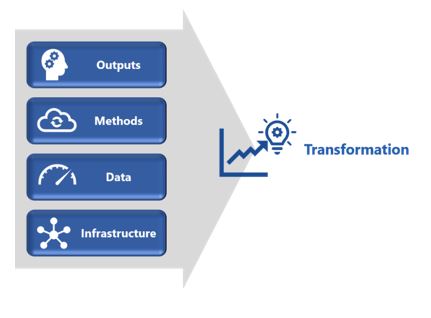

The Industrial Analytics market research study provides buyers with a pragmatic approach to building 
Encompassing almost seventy solution providers’ industrial analytics components, the study also provides a current market analysis, a five-year market and technology forecast, and strategies for both users and providers.
At the heart of digital transformation is analytics, the means through which companies can leverage data to remain viable and succeed in rapidly changing markets, perhaps even leapfrogging their peers. As a result, analytics solutions are quickly evolving in terms of adoption and use by industrial companies.
Yet, when building industrial analytics, mistakes, false starts, and dead-end investments in analytics are all too common. Many companies are seeing some very narrow, limited successes, mostly around operational excellence for existing processes, but cannot gain the transformational scale they expect. Others simply move from custom pilot-to-pilot or fail to prove a return on investment (ROI) and ultimately cannot yet transition analytics to a core competency.
A few organizations have learned key lessons and are quickly accelerating transformations by building industrial analytics using a breadth of methods and technologies, though they are currently used unevenly across their organizations. What separates the handful of industrial, infrastructure, and smart city organizations succeeding with analytics from the large majority? The reasons are many, including an inability to cut through market hype and flaws in strategic planning and organizational makeup.
However, most of the challenge has to do with a struggle to make a cultural (and then operational) shift in philosophy. This needed shift is away from viewing operations from a bottoms-up perspective focused within a plant with a limited notion of business systems interactions. Instead, a modern perspective should explicitly consider more robust interactions among plant business systems, engineering systems, supply chain systems, and expanded services to support competitive differentiation around customer relationships.
The industrial analytics market promises to deliver continued growth for the foreseeable future, though tempered by issues with scaling. This report, co-authored by Mike Guilfoyle and Ed O’Brien, answers key questions for those looking scale digital transformation initiatives by correctly building industrial analytics core competencies. Questions answered include:

